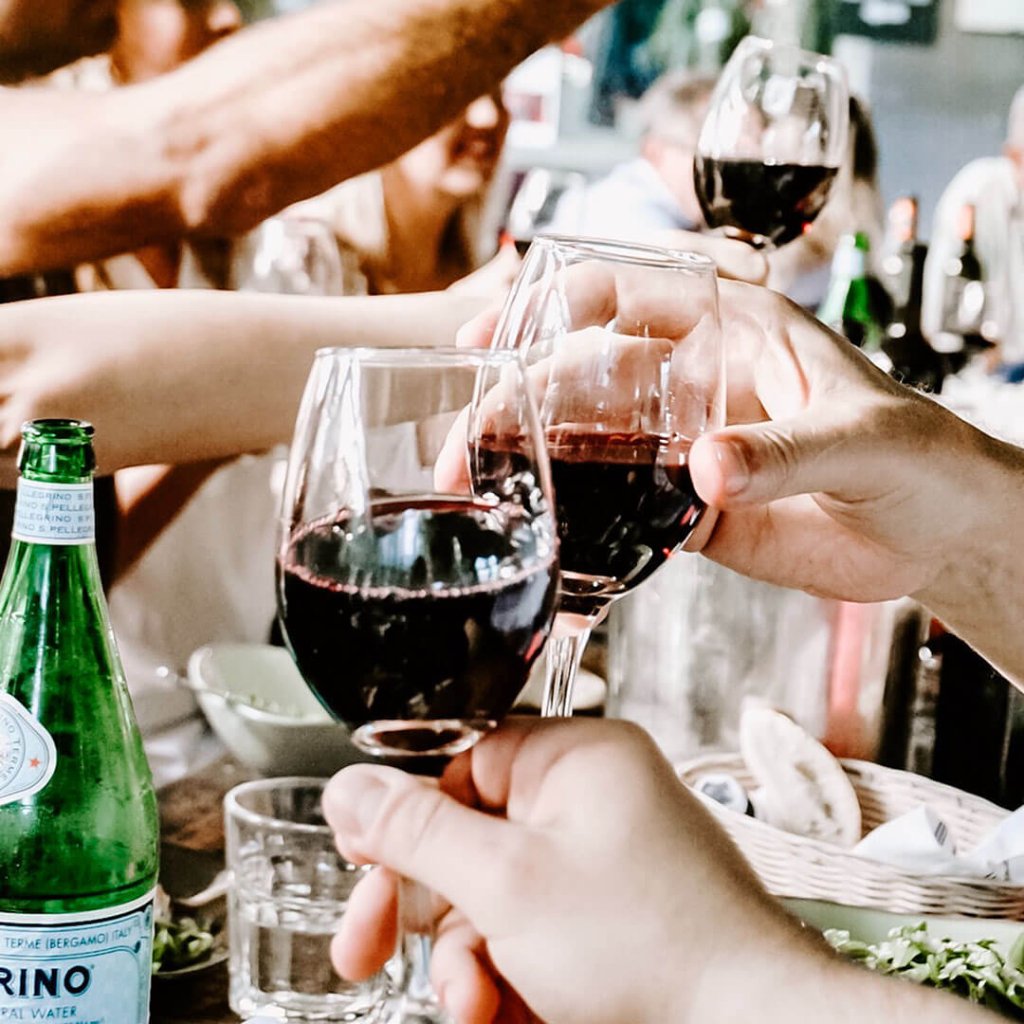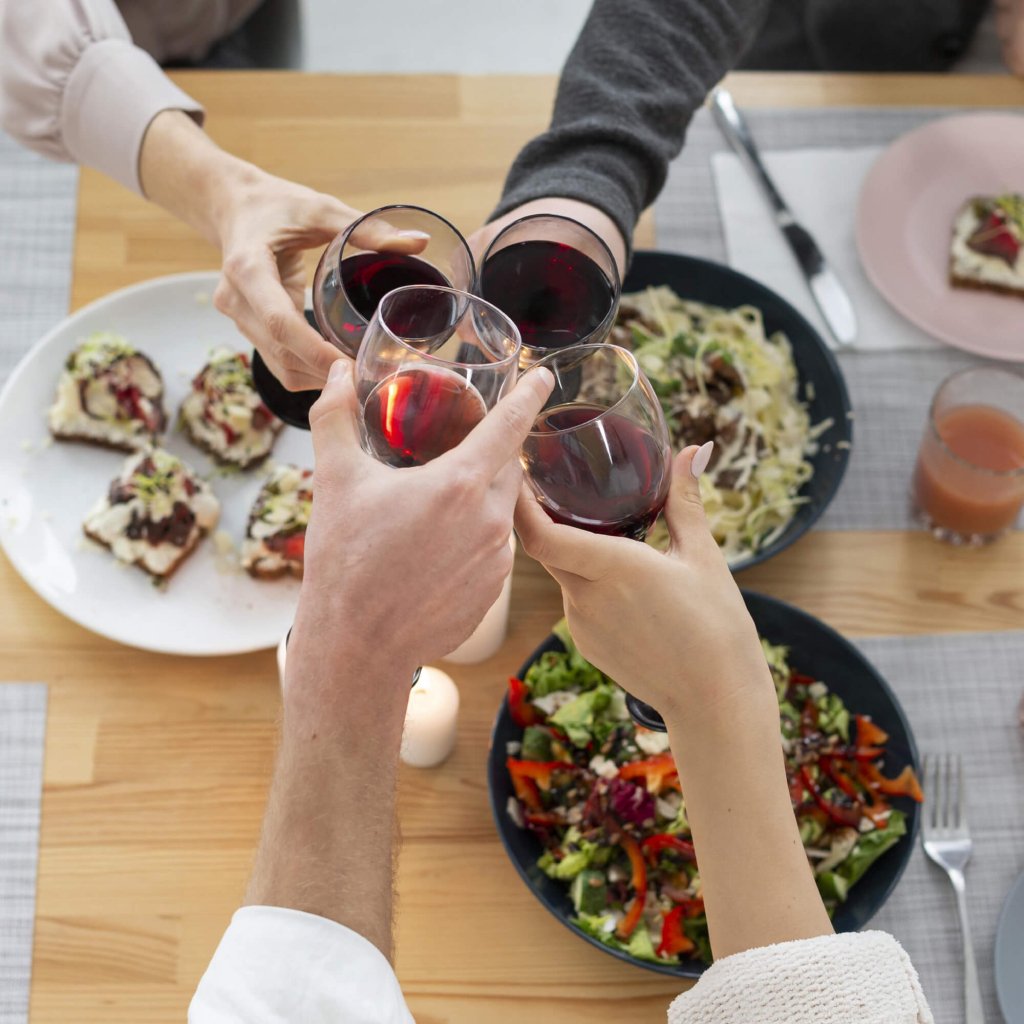Are you new to the world of wine and eager to expand your palate? Welcome to "In The Cru," your trusted source for the finest wine selections and expert guidance. In this comprehensive guide, we'll take you on a journey through the art of wine tasting. From the moment the cork pops to the last lingering sip, you'll learn how to savor wine like a seasoned connoisseur.
The Basics of Wine Tasting: A Step-by-Step Approach
Wine tasting might seem intimidating at first, but it's an enjoyable and rewarding experience that anyone can master. Let's break it down into a series of simple steps:
1. Observe the Wine
-
Start by pouring a small amount of wine into a clean, clear wine glass. Hold the glass by the stem to avoid warming the wine with your hand.
-
Examine the wine's appearance. Look for clarity, color, and viscosity. Different grape varieties and wine-making processes will result in distinct visual characteristics.
-
Take note of the wine's color. Is it pale and translucent, or deep and rich? For example, a Pinot Noir may exhibit a light red hue, while a Cabernet Sauvignon tends to be darker and more intense.
2. Swirl the Wine
-
Gently swirl the wine in your glass. This releases its aromas and enhances the overall tasting experience.
-
Observe the "legs" of the wine, which are the streaks that form on the sides of the glass. Thicker legs may indicate higher alcohol content.
3. Inhale the Aromas
-
Bring your nose close to the glass and take in the wine's bouquet. Don't be afraid to stick your nose right into the glass to fully experience the aromas.
-
Identify the primary aromas, which can range from fruity and floral to earthy and spicy. For instance, a Sauvignon Blanc may have notes of citrus and green apple, while a Syrah could offer hints of blackberries and pepper.
4. Sip and Savor
-
Take a small sip of the wine, allowing it to coat your palate. Pay attention to the initial taste and the evolution of flavors as you hold it in your mouth.
-
Notice the wine's sweetness, acidity, tannins, and body. For example, a Chardonnay might be full-bodied with a creamy texture, while a Zinfandel can be bold and spicy.
5. Evaluate the Finish
- The finish is the lingering taste after you swallow the wine. Is it short and crisp, or long and complex?
Putting It All Together
Now that you know the key steps of wine tasting, let's put it into practice with a couple of examples from our "In The Cru" collection:
-
Château Margaux 2016
-
Appearance: This Bordeaux blend showcases a deep ruby-red color with a high level of clarity and a velvety texture.
-
Aromas: Upon swirling, you'll detect fragrant notes of blackcurrants, violets, and a hint of cedar.
-
Taste: As you sip, you'll notice a harmonious balance of black fruit, fine tannins, and a long, elegant finish.
-
-
Napa Valley Cabernet Sauvignon 2019
-
Appearance: This Californian Cabernet boasts a dark, inky hue with thick legs, indicating a higher alcohol content.
-
Aromas: The initial scents reveal ripe black cherries, vanilla, and a touch of tobacco.
-
Taste: On the palate, you'll experience a full-bodied wine with intense flavors of dark chocolate, blackberries, and a velvety, lingering finish.
-
By following this wine tasting guide, you'll be able to appreciate the diverse and exquisite wines available at "In The Cru" to their fullest. Over time, you'll refine your palate and become an expert at discerning the unique characteristics of each wine. So, whether you're a seasoned wine enthusiast or just starting your wine journey, In The Cru is here to help you explore and enjoy the world of wine. Cheers to your wine-tasting adventures!





